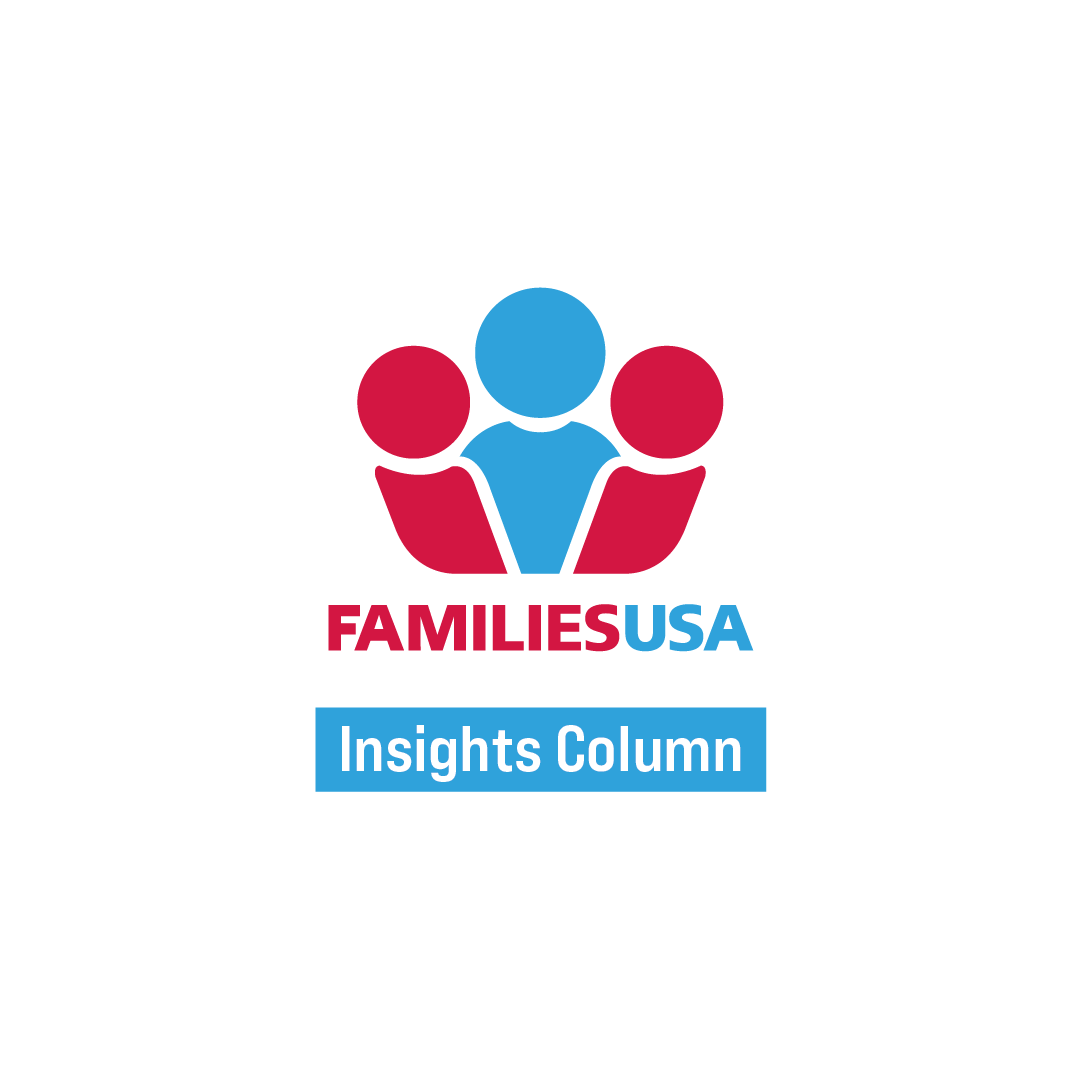The path to harm: A sequence of human rights violations precedes mass atrocities – Binghamton University

Report on Human Rights Violations as Precursors to Atrocity and Implications for Sustainable Development Goals
Introduction
Research conducted by Binghamton University and the University of Rhode Island indicates that mass atrocities and genocide are preceded by a predictable sequence of escalating human rights violations. This “Human Rights Sequence Theory” provides a critical framework for early warning and prevention, directly aligning with the principles of the 2030 Agenda for Sustainable Development. The erosion of fundamental rights undermines progress on multiple Sustainable Development Goals (SDGs), most notably SDG 16 (Peace, Justice and Strong Institutions), SDG 10 (Reduced Inequalities), and SDG 8 (Decent Work and Economic Growth).
Research Methodology and Core Findings
The analysis is based on data from the CIRIGHTS data project, which utilizes annual human rights reports from the U.S. State Department spanning four decades. This extensive dataset allows for a comparative analysis of human rights performance across approximately 194 countries.
- Increasing Atrocities: The data reveals a concerning trend, with state-led atrocities occurring in over 30 countries annually for the past seven years. A record high of 47 atrocities was recorded in 2022 alone.
- Targeted Violence: State violence is consistently directed at specific minority groups, whether defined by race, religion, or ethnicity. This finding underscores the link between human rights abuses and the goals of SDG 10 (Reduced Inequalities).
- Defining Atrocity: For the purpose of this research, a mass atrocity is identified by widespread extrajudicial killings accompanied by other human rights violations. Genocide is distinguished by the government’s specific intent to exterminate a group, a determination made by the United Nations.
The Sequential Escalation of Human Rights Abuses
The study identifies a specific pattern of escalating violations that can culminate in mass atrocity. This sequence serves as a brutality-based indicator for predicting potential genocide and highlights the systematic dismantling of institutional safeguards central to SDG 16.
- Compromise of Fair Trial Rights: The degradation of the right to a fair trial is identified as one of the earliest indicators.
- Prevalence of Torture: The sequence progresses to include torture, defined as intentional suffering inflicted by state agents.
- Erosion of Worker and Judicial Rights: The loss of collective bargaining, the right to unionize, and the independence of the judiciary follows. This directly contravenes the principles of SDG 8 and SDG 16.
- Suppression of Civil Liberties: Subsequent stages involve curbs on freedom of speech and freedom of association for targeted groups.
- Political Imprisonment: Members of the targeted group are increasingly imprisoned for their beliefs.
- Loss of Political Rights: The sequence continues with the loss of electoral self-determination, including the ability to vote or run for office.
- Extrajudicial Killings: The final stage in the sequence is the prevalence of extrajudicial killings, marking the onset of a mass atrocity.
The research notes that restrictions on freedom of movement and the loss of women’s social and economic rights were not primary indicators in the current model but are subjects for future refinement, acknowledging the importance of a framework inclusive of SDG 5 (Gender Equality).
Relevance to Sustainable Development Goals (SDGs)
The findings present a direct challenge to the international community’s commitment to the SDGs and offer a tool for preventative action.
- SDG 16: Peace, Justice and Strong Institutions: The entire sequence represents a systematic assault on the targets of SDG 16. The loss of an independent judiciary and fair trial rights (Target 16.3) and the rise in extrajudicial killings (Target 16.1) are clear and measurable indicators of institutional collapse and escalating violence.
- SDG 10: Reduced Inequalities: The research confirms that atrocities are targeted at minority populations, representing the most extreme form of inequality. The sequence of disenfranchisement directly undermines Target 10.2 (promote social, economic and political inclusion) and Target 10.3 (ensure equal opportunity).
- SDG 8: Decent Work and Economic Growth: The inclusion of declining workers’ rights and the right to unionize as an early warning sign demonstrates the interconnectedness of economic rights and physical security. This erosion of labor protections is a direct setback for Target 8.8 (protect labour rights).
Conclusion and Future Directions
The “Human Rights Sequence Theory” provides an evidence-based model for identifying countries at risk of mass atrocities. This early warning system is invaluable for policymakers, international bodies, and civil society organizations working to uphold the 2030 Agenda. While challenges in data consistency exist, the 40-year dataset provides a robust foundation for this ongoing work. The research will be consolidated into a book to equip activists and stakeholders with the knowledge to recognize these warning signs, enabling timely intervention to prevent atrocities and safeguard progress toward a sustainable and peaceful future for all.
1. Which SDGs are addressed or connected to the issues highlighted in the article?
-
SDG 16: Peace, Justice and Strong Institutions
This is the most central SDG to the article. The entire text discusses the breakdown of peace, justice, and institutions as a precursor to genocide and mass atrocities. It explicitly mentions the loss of an independent judiciary, brutality by law enforcement, compromises on the right to a fair trial, restrictions on fundamental freedoms (speech, assembly), and extrajudicial killings, all of which are core components of SDG 16.
-
SDG 10: Reduced Inequalities
The article emphasizes that human rights violations and state violence are “inevitably targeted at specific groups.” It provides examples of racial minorities in the United States and the Muslim religious minority in India. This directly relates to reducing inequalities and ensuring the rights and inclusion of all people, particularly vulnerable minority groups.
-
SDG 8: Decent Work and Economic Growth
The article identifies “declining workers’ rights” as an early stage in the sequence of human rights violations. Specifically, it mentions the “loss of collective bargaining” and the “right to unionize,” which are fundamental labor rights protected under SDG 8.
-
SDG 5: Gender Equality
While the article notes that the loss of women’s social and economic rights was surprisingly not among the primary warning signs in their current model, it acknowledges this as a potential gap. The researchers state their intention to “reexamine it to see how we could refine it… and take more account of how women are treated in society.” This connects the research to the principles of gender equality and the protection of women’s rights.
2. What specific targets under those SDGs can be identified based on the article’s content?
-
Target 16.1: Significantly reduce all forms of violence and related death rates everywhere.
The article’s primary focus is on the escalation towards “mass atrocity” and “genocide,” which are the most extreme forms of violence. It discusses “extrajudicial killings” and “brutality by law enforcement” as key stages in this escalation, directly aligning with the goal of reducing violence and death rates.
-
Target 16.3: Promote the rule of law at the national and international levels and ensure equal access to justice for all.
The article identifies compromises on “the right to a fair trial” and the judiciary losing “its independence from the executive branch” as some of the very first signs in the sequence leading to atrocities. This directly addresses the core components of promoting the rule of law and ensuring access to justice.
-
Target 16.10: Ensure public access to information and protect fundamental freedoms, in accordance with national legislation and international agreements.
A critical step in the sequence described is the restriction of fundamental freedoms. The article states, “Freedom of speech is restricted for a specific group of people, and then their right to assemble in public places.” This directly corresponds to the protection of these essential freedoms.
-
Target 10.2: By 2030, empower and promote the social, economic and political inclusion of all, irrespective of… race, ethnicity… religion or other status.
The article highlights that violence is targeted at specific groups, such as racial or religious minorities. It also mentions that these groups may “lose the ability to vote or run for office,” which is a direct assault on their political inclusion and connects to this target.
-
Target 8.8: Protect labour rights and promote safe and secure working environments for all workers…
The article explicitly lists “declining workers’ rights,” including the “loss of collective bargaining” and the “right to unionize,” as early indicators in the sequence of human rights abuses. This directly relates to the protection of labor rights as outlined in this target.
3. Are there any indicators mentioned or implied in the article that can be used to measure progress towards the identified targets?
-
Indicator for Target 16.1: Number of extrajudicial killings.
The article explicitly states that the researchers’ work involves reading reports to determine “the number of people that the government killed without judicial process in a particular year.” This serves as a direct, quantifiable indicator of state-led violence.
-
Indicator for Target 16.3: Level of judicial independence.
The article implies an indicator related to the independence of the judiciary. The CIRIGHTS data project, which the article is based on, scores countries on their human rights performance. The loss of an independent judiciary is a key variable they track as part of the sequence, thus serving as a measurable indicator.
-
Indicator for Target 16.10: Restrictions on freedom of speech and assembly.
The article identifies curbs on “free speech and freedom of association” as a key step in the sequence. The existence of laws or state actions that limit these freedoms for specific groups is an implied indicator used in the researchers’ data to predict atrocities.
-
Indicator for Target 10.2: Number of political imprisonments and loss of electoral self-determination for specific groups.
The article mentions that members of a targeted group “may find themselves increasingly imprisoned for their beliefs, and lose the ability to vote or run for office.” These are concrete, measurable events that serve as indicators of political exclusion and persecution of minority groups.
-
Indicator for Target 8.8: Legal status of collective bargaining and unionization.
The article points to the “loss of collective bargaining… and the right to unionize” as an early warning sign. The legal framework and practical ability for workers to exercise these rights can be monitored and measured as an indicator of the protection of labor rights.
4. Create a table with three columns titled ‘SDGs, Targets and Indicators” to present the findings from analyzing the article.
| SDGs | Targets | Indicators |
|---|---|---|
| SDG 16: Peace, Justice and Strong Institutions |
|
|
| SDG 10: Reduced Inequalities |
|
|
| SDG 8: Decent Work and Economic Growth |
|
|
| SDG 5: Gender Equality |
|
|
Source: binghamton.edu
What is Your Reaction?
 Like
0
Like
0
 Dislike
0
Dislike
0
 Love
0
Love
0
 Funny
0
Funny
0
 Angry
0
Angry
0
 Sad
0
Sad
0
 Wow
0
Wow
0




















































.jpg.webp?itok=0ZsAnae9#)

























